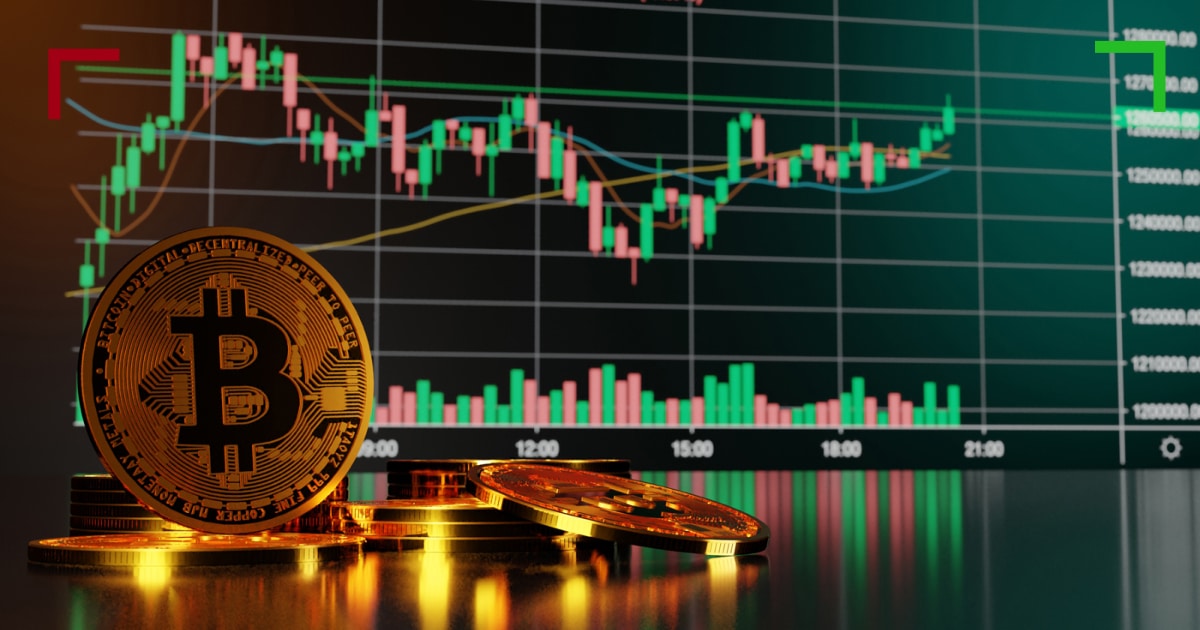
Essential Crypto Trading Indicators for Every Trader
In the ever-evolving world of cryptocurrency trading, having the right tools and indicators can make a significant difference in your trading success. These tools help traders analyze market trends, forecast future price movements, and make informed trading decisions. Whether you are a novice or an experienced trader, understanding the essential Crypto Trading Indicators is crucial for maximizing your gains and minimizing your risks. For more insights, Crypto Trading Indicators visit website as we delve deeper into how these indicators function and how to apply them effectively.
1. Moving Averages (MA)
Moving averages are one of the most commonly used indicators in crypto trading. They smooth out price data by creating a constantly updated average price. The two most popular types are the Simple Moving Average (SMA) and the Exponential Moving Average (EMA). SMA calculates the average price over a specific period, while EMA gives more weight to recent prices, making it more responsive to new information.
Traders use moving averages to identify trends and reversals. A common strategy is to look for crossovers between short-term and long-term moving averages. When a short-term MA crosses above a long-term MA, it’s considered a bullish signal, while a crossover below can be a bearish signal.
2. Relative Strength Index (RSI)
The Relative Strength Index (RSI) is a momentum oscillator that measures the speed and change of price movements. It ranges from 0 to 100 and is typically used to identify overbought or oversold conditions in a market. An RSI above 70 usually indicates that an asset is overbought, while an RSI below 30 suggests it is oversold.
Traders often use the RSI to spot potential reversal points. For example, if the RSI moves back below 70 after being above it, it may signal a correction. Conversely, if the RSI crosses above 30 after being below, it might indicate a buying opportunity.
3. Moving Average Convergence Divergence (MACD)
The MACD is a trend-following momentum indicator that shows the relationship between two moving averages of a security’s price. The MACD is calculated by subtracting the 26-period EMA from the 12-period EMA. The result is the MACD line. A nine-day EMA of the MACD called the “signal line” is then plotted above the MACD line to act as a trigger for buy and sell signals.
Traders typically look for crossovers, divergence, and rapid rises or falls in the MACD to generate trading signals. A bullish signal occurs when the MACD crosses above the signal line, while a bearish signal is indicated when the MACD crosses below the signal line.
4. Bollinger Bands
Bollinger Bands consist of a middle band (the SMA) and two outer bands (standard deviations above and below the SMA). This volatility indicator helps traders understand whether prices are high or low on a relative basis. When prices break through the upper band, it could indicate that the asset is overbought, while a break below the lower band might suggest it is oversold.
Traders can use Bollinger Bands to identify potential market reversals and to gauge volatility in the market. A narrow band indicates low volatility, while a wide band indicates high volatility. Many traders look for price action to return to the middle band after hitting the outside bands.
5. Candlestick Patterns
Candlestick patterns are critical tools in technical analysis that provide insights about market sentiment. These patterns can indicate potential market reversals or continuations. Common candlestick patterns include Doji, Hammer, Engulfing, and Shooting Star.

For example, a bullish engulfing pattern occurs when a small bearish candle is followed by a large bullish candle, indicating strong buying pressure. Recognizing these patterns can help traders make informed decisions about entry and exit points.
6. Volume Indicators
Volume is a crucial indicator because it provides information about the strength or weakness of a price move. High volume during price increases can confirm bullish trends, while high volume during price declines increases the likelihood of bearish trends. Volume indicators, such as the On-Balance Volume (OBV) and Volume Rate of Change (VROC), can offer additional insights into potential price movements.
Traders often look for divergences between price and volume. For instance, if price rises but volume decreases, it may indicate that the trend is weakening and that a reversal is possible.
7. Stochastic Oscillator
The Stochastic Oscillator is another momentum indicator that compares a particular closing price of an asset to a range of its prices over a certain period. It is displayed as two lines: %K and %D. When both lines are above 80, the asset is considered overbought, while a reading below 20 indicates it is oversold.
This indicator can be particularly effective in trading breakouts because it can signal potential price reversals early on.
8. Fibonacci Retracement Levels
Fibonacci retracement levels are based on the key numbers identified by mathematician Leonardo Fibonacci. These levels are used to identify potential reversal levels by plotting horizontal lines at key Fibonacci levels (23.6%, 38.2%, 50%, 61.8%, and 100%) between a high and a low point on a chart.
These retracement levels can help traders identify potential support and resistance levels. In many cases, traders will look for buying opportunities near these levels when prices pull back to them in an uptrend.
9. Ichimoku Cloud
The Ichimoku Cloud is a comprehensive indicator that provides insight into support and resistance levels, trend direction, gauge momentum, and generate trading signals—all in one view. It consists of five lines: Tenkan-sen, Kijun-sen, Senkou Span A, Senkou Span B, and Chikou Span.
Each of these lines serves a unique purpose, and together they can provide a fuller picture of market conditions compared to many other individual indicators. A key signal occurs when price moves above the cloud, indicating a bullish trend, while moving below may signal a bearish trend.
Conclusion
Understanding and effectively using Crypto Trading Indicators can greatly enhance your trading strategy. While no indicator is foolproof, combining several indicators can provide a more comprehensive view of market conditions and help traders make more informed decisions. Always remember to backtest your strategies and adjust your methods according to market behavior. As with all trading, practice proper risk management to protect your investments.